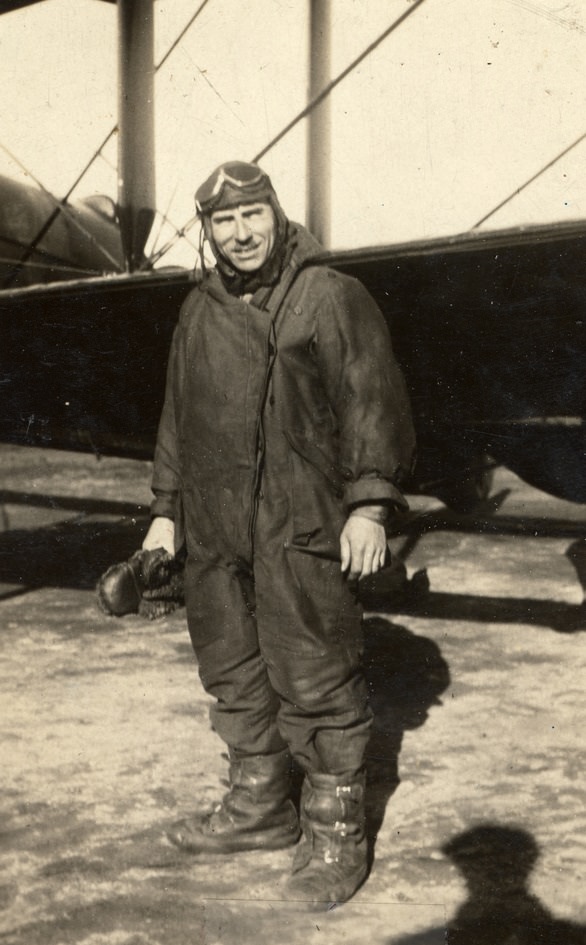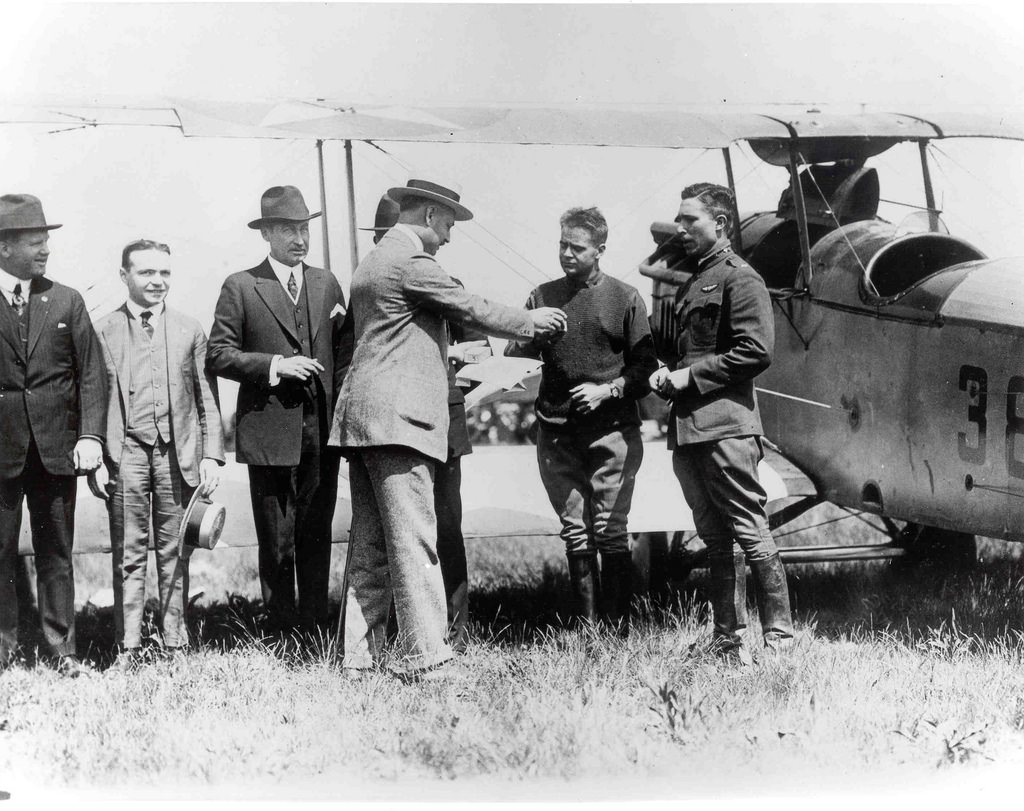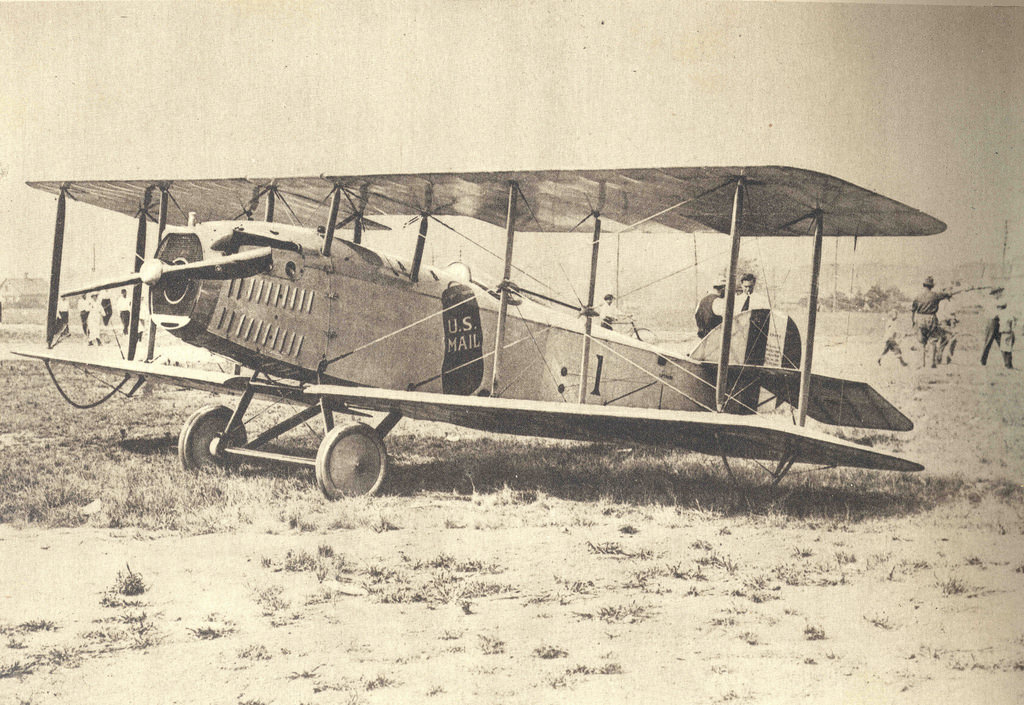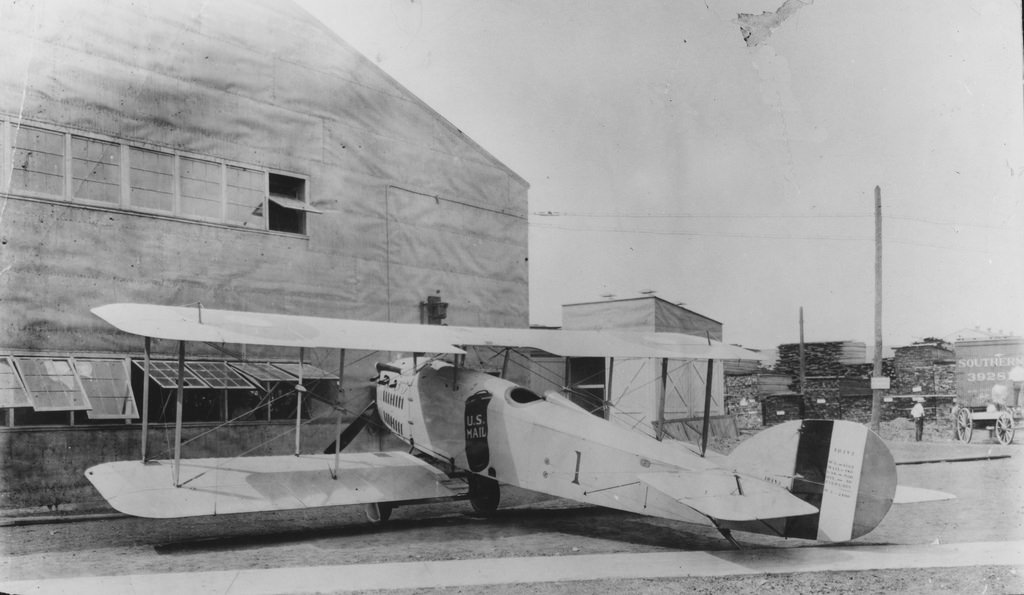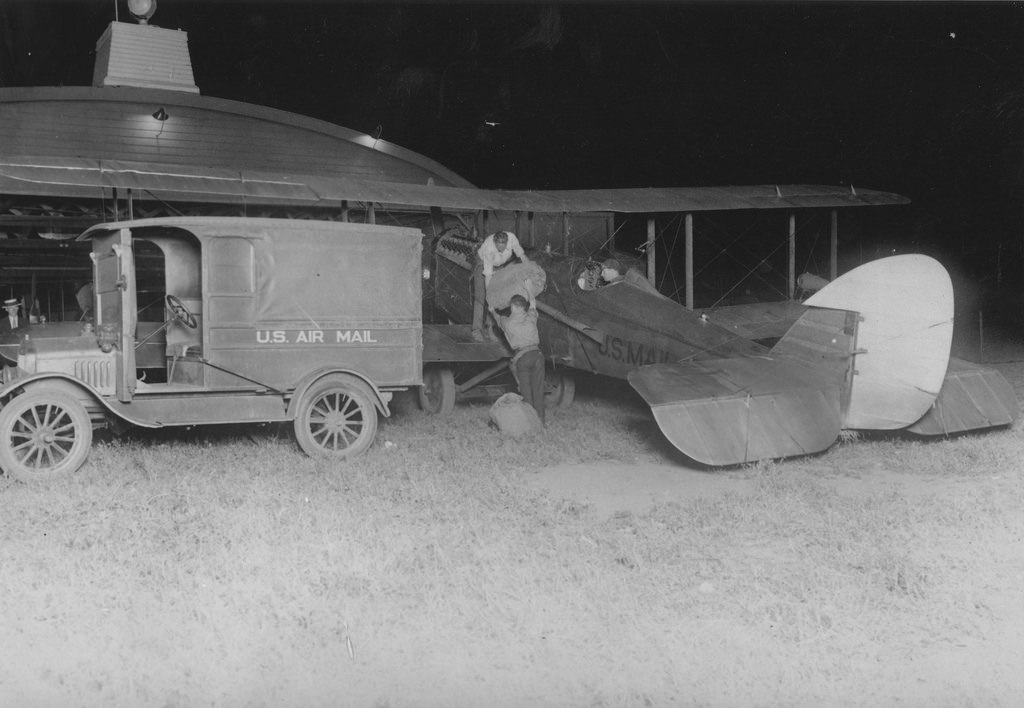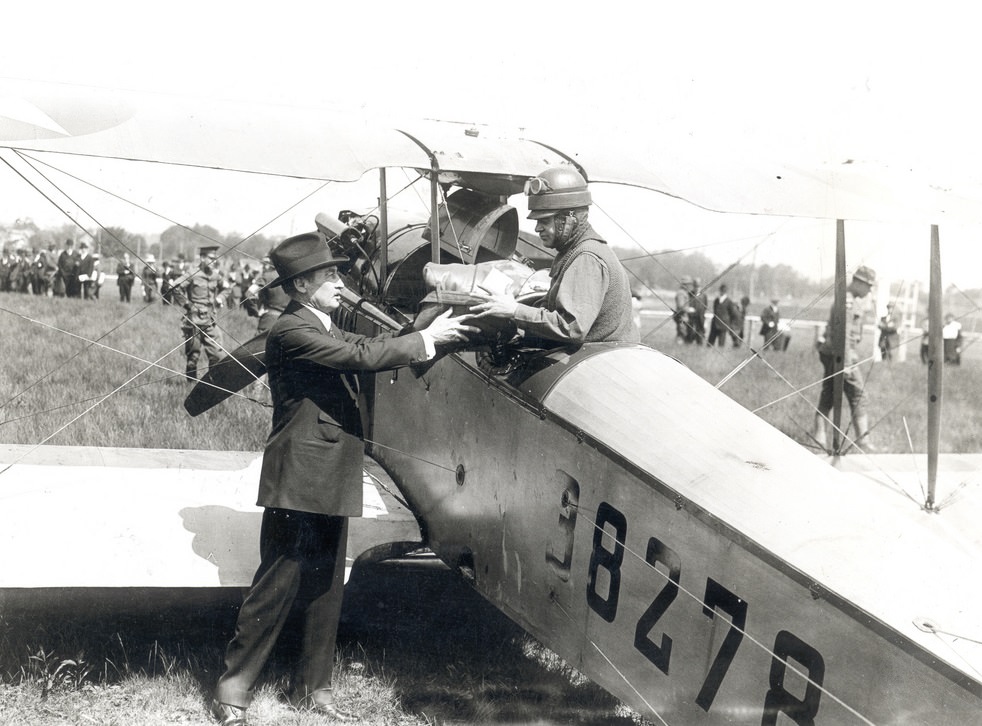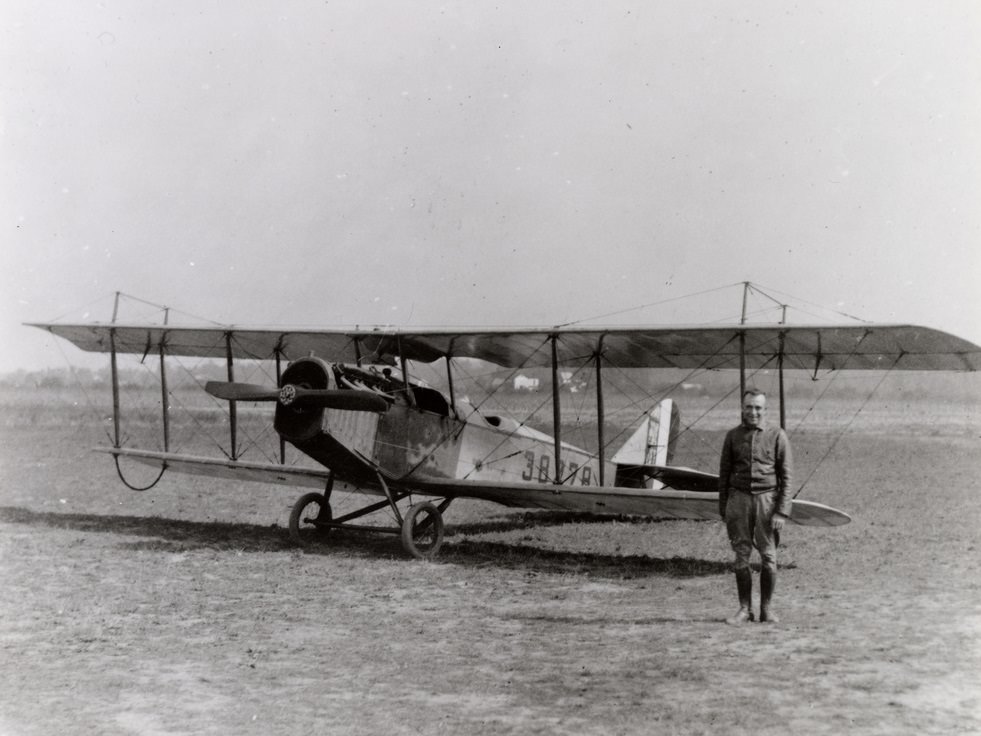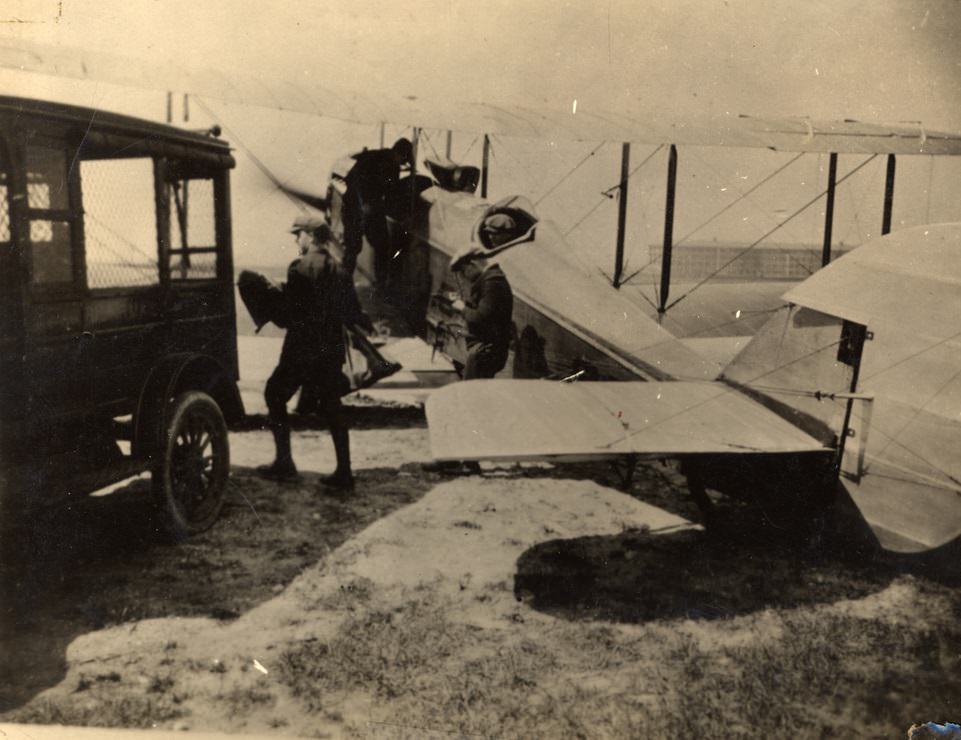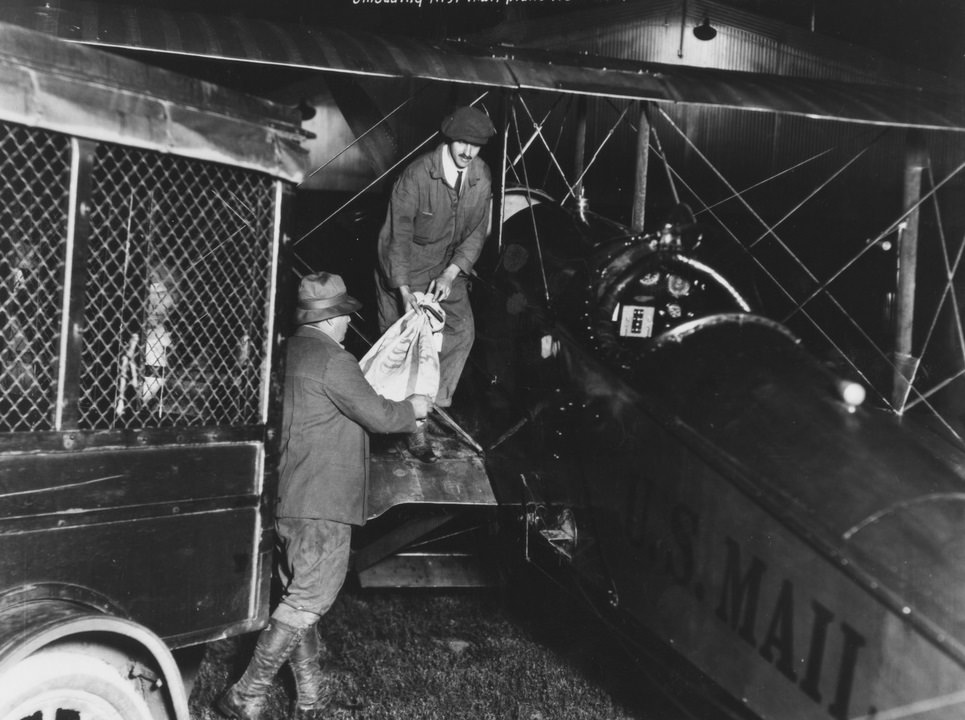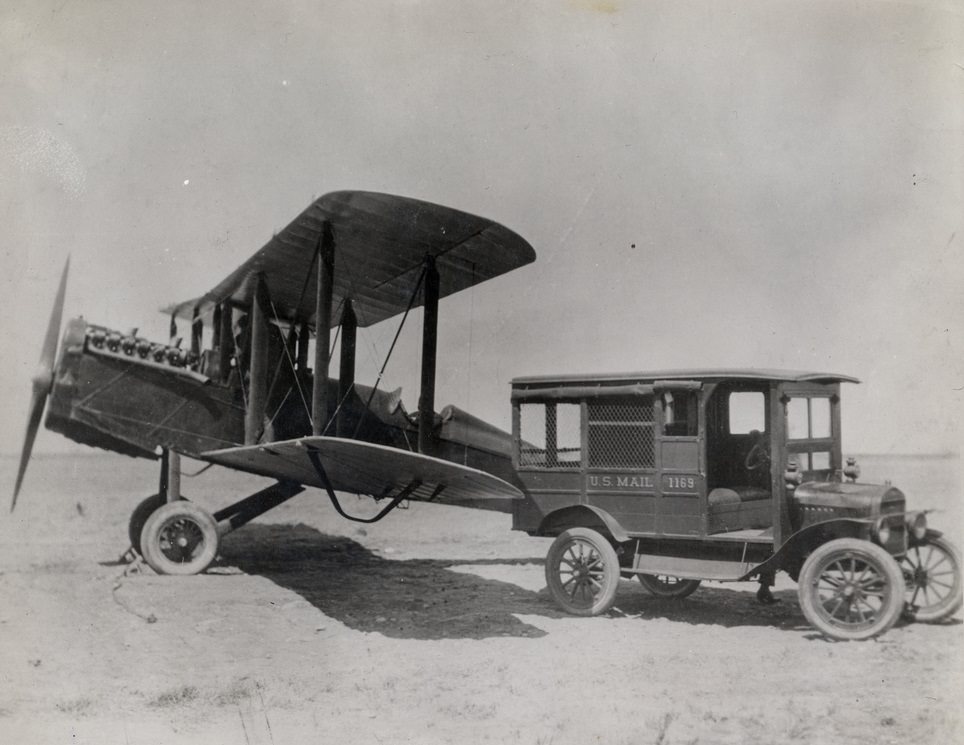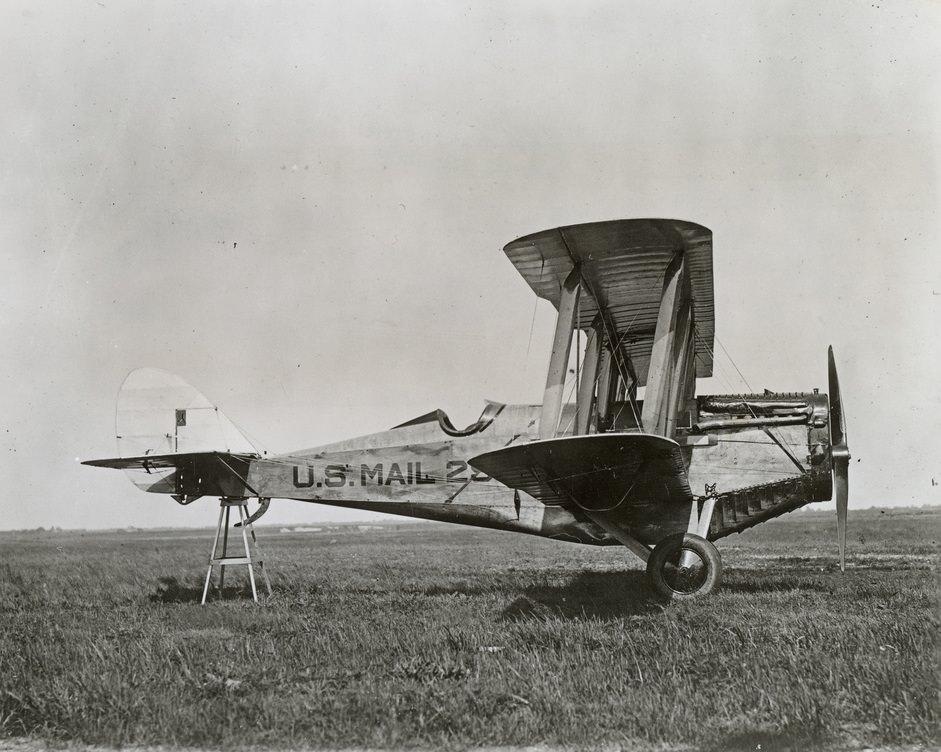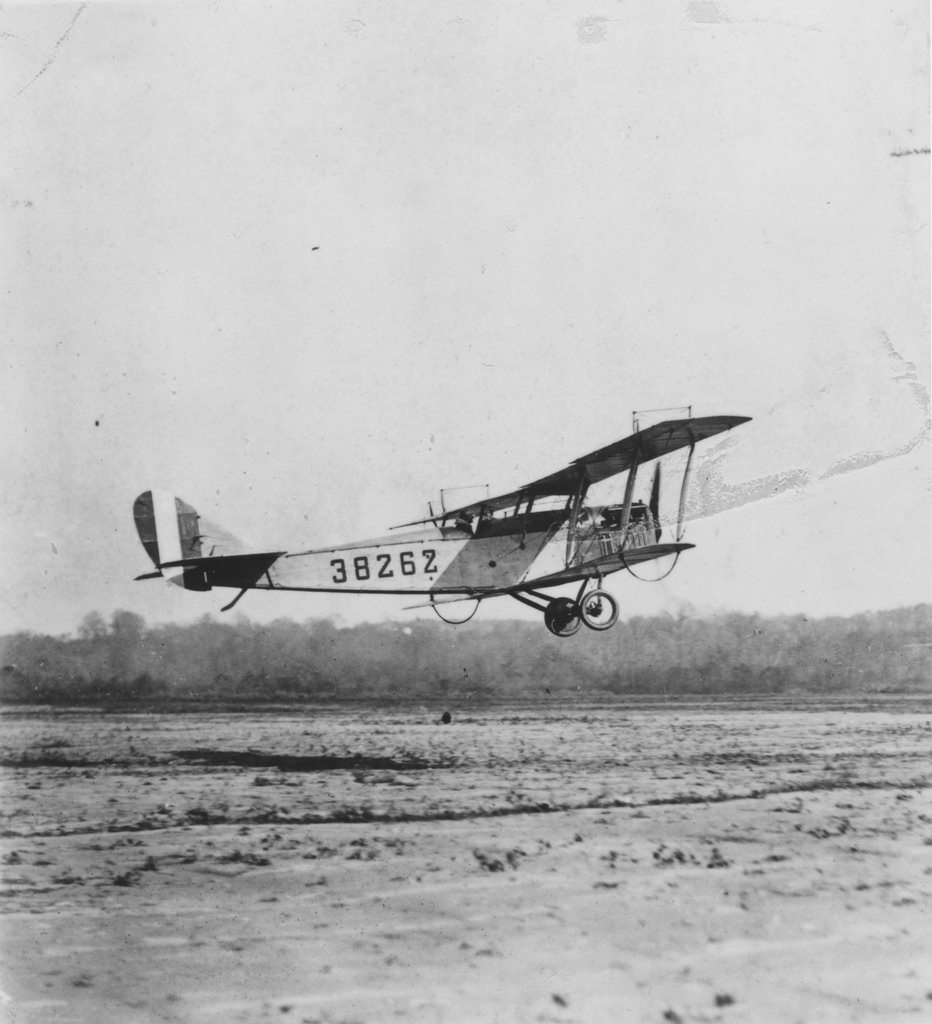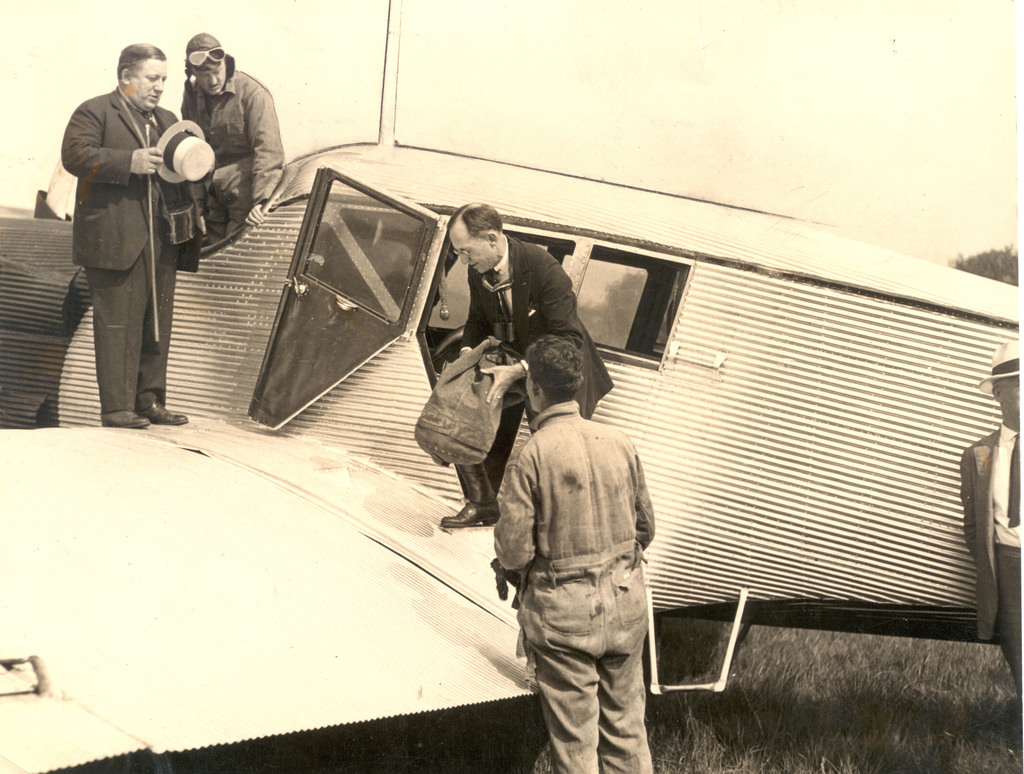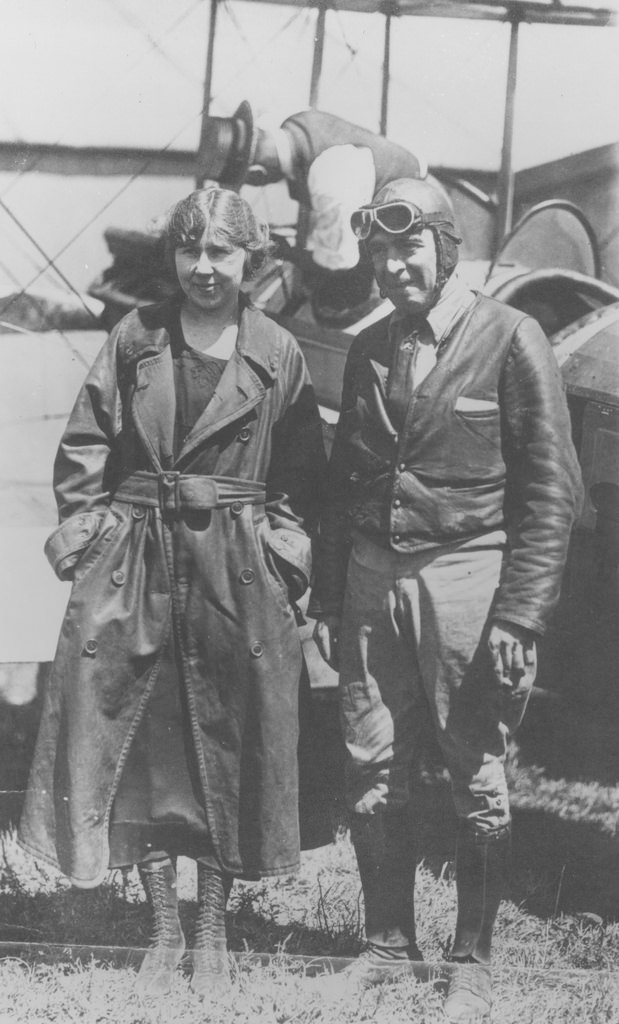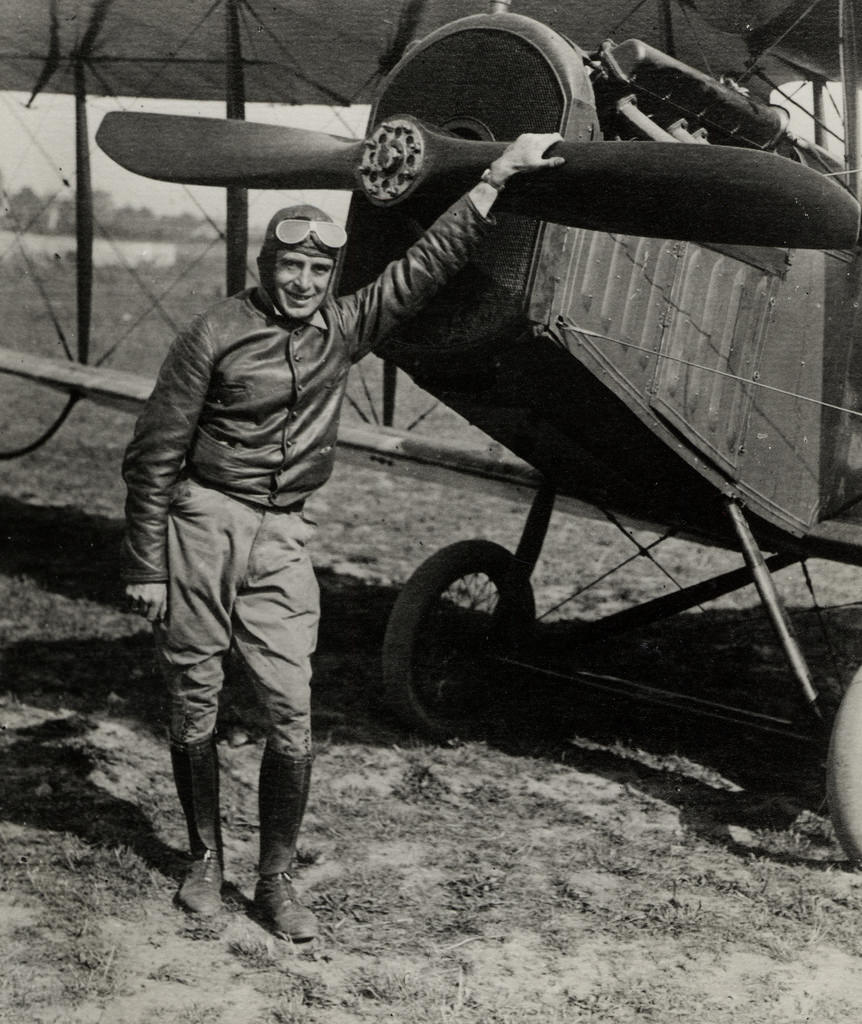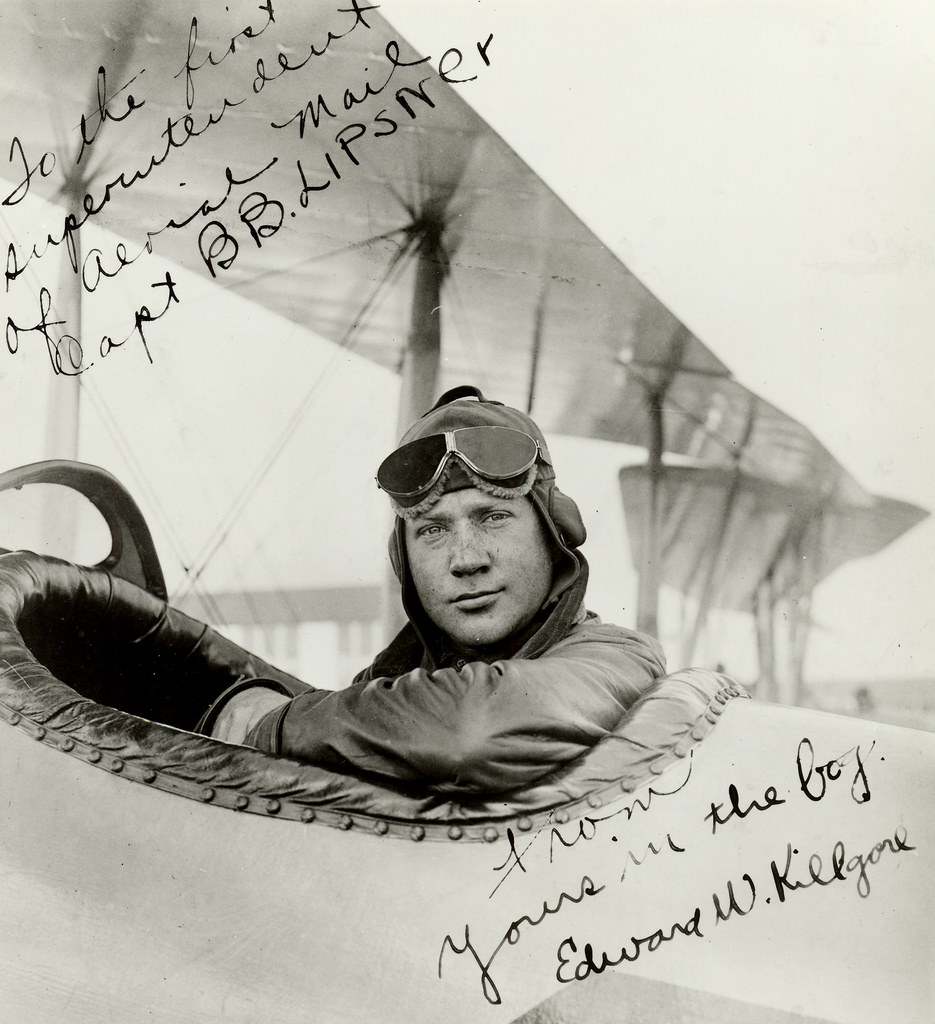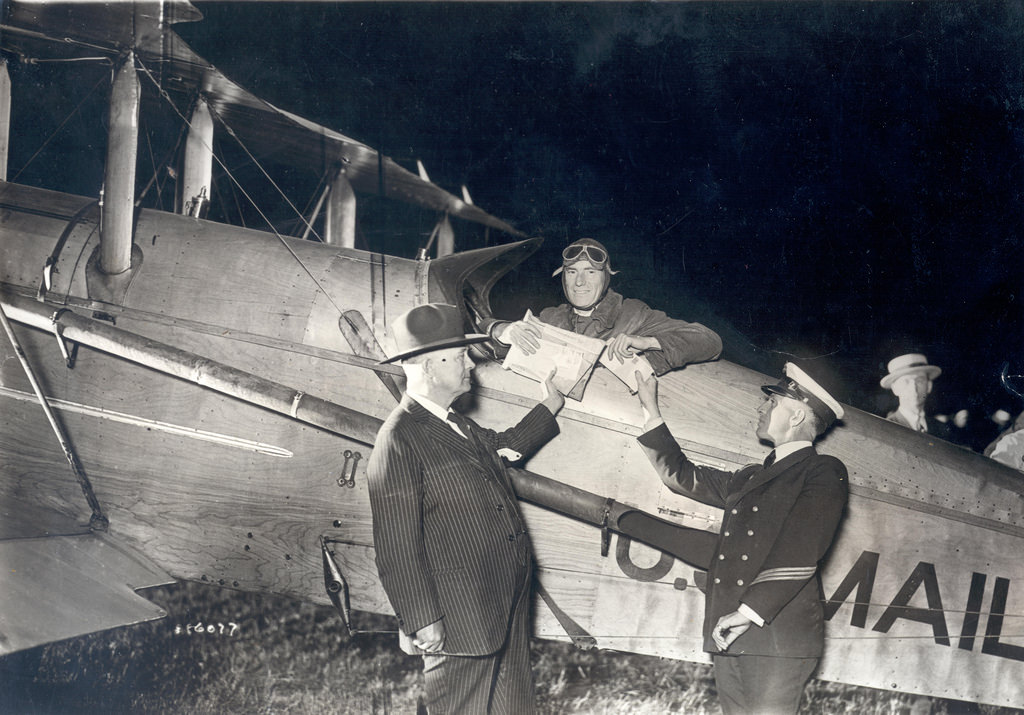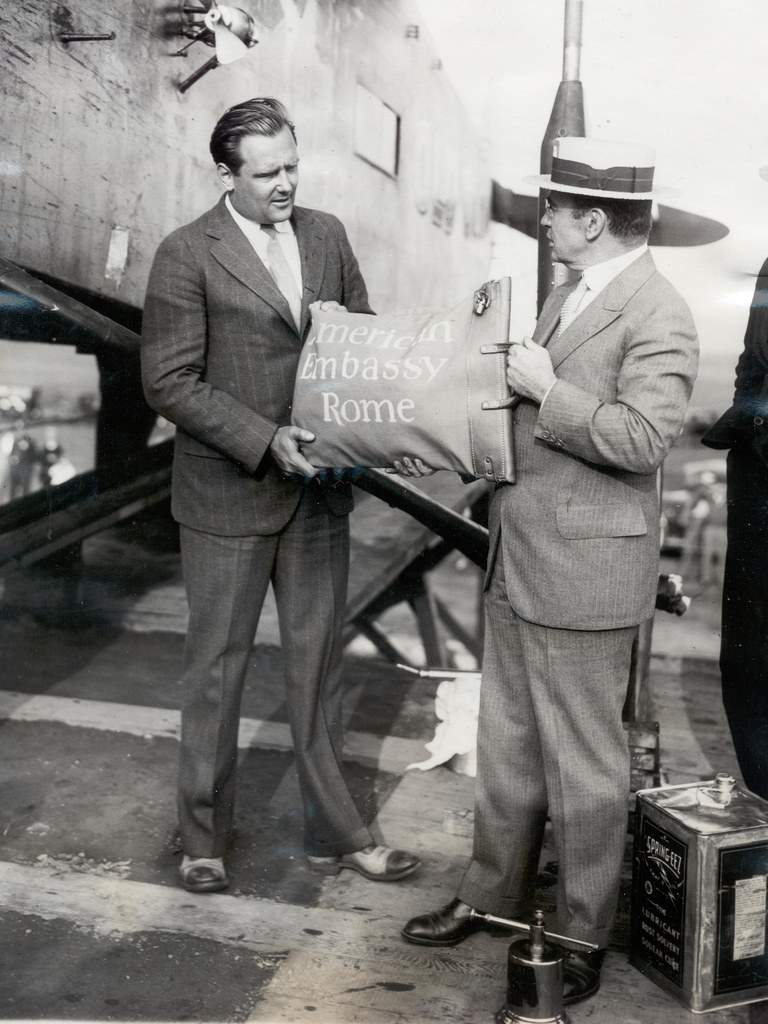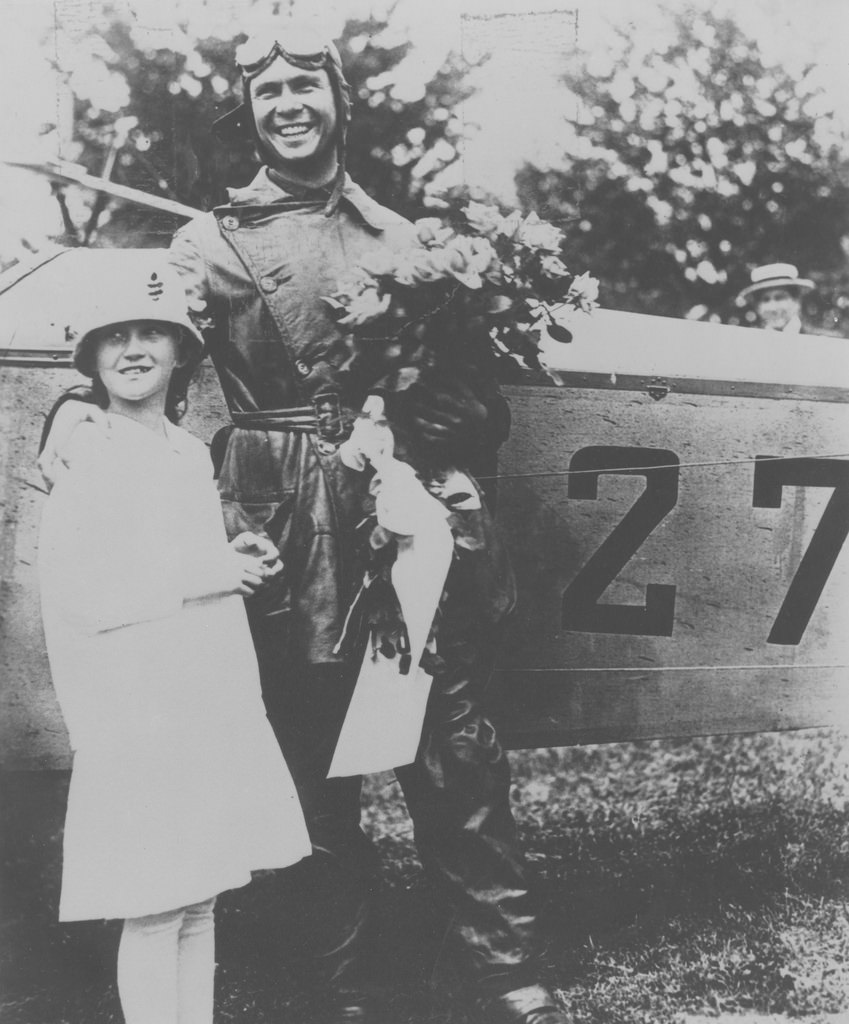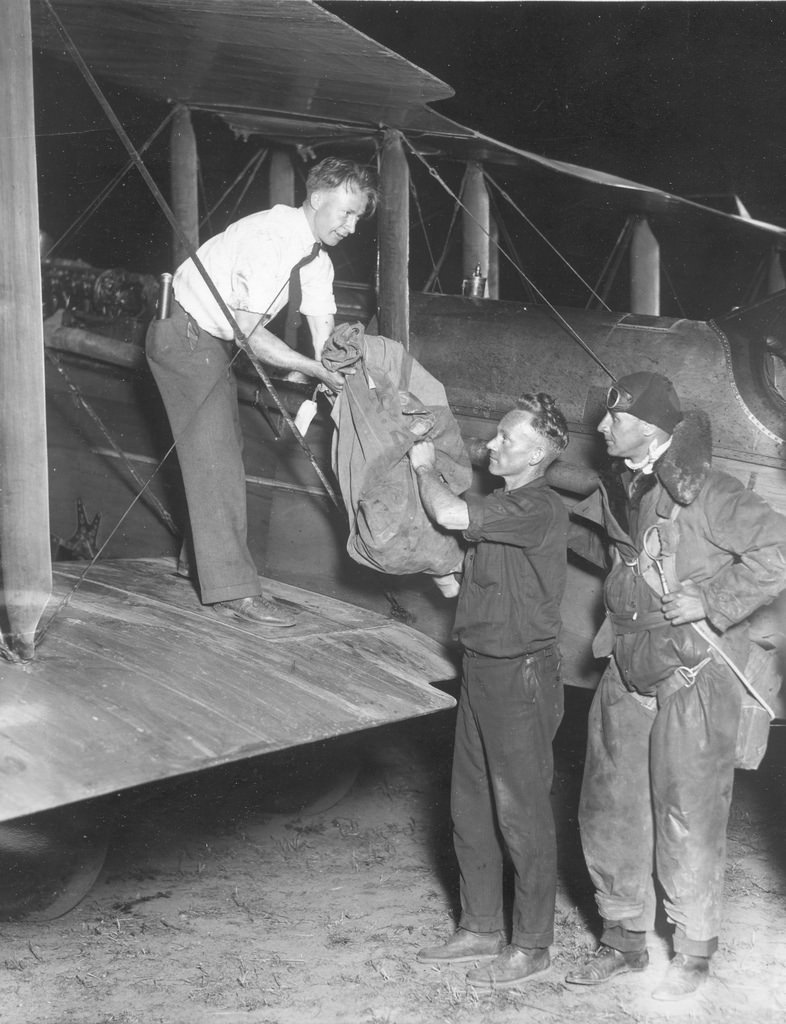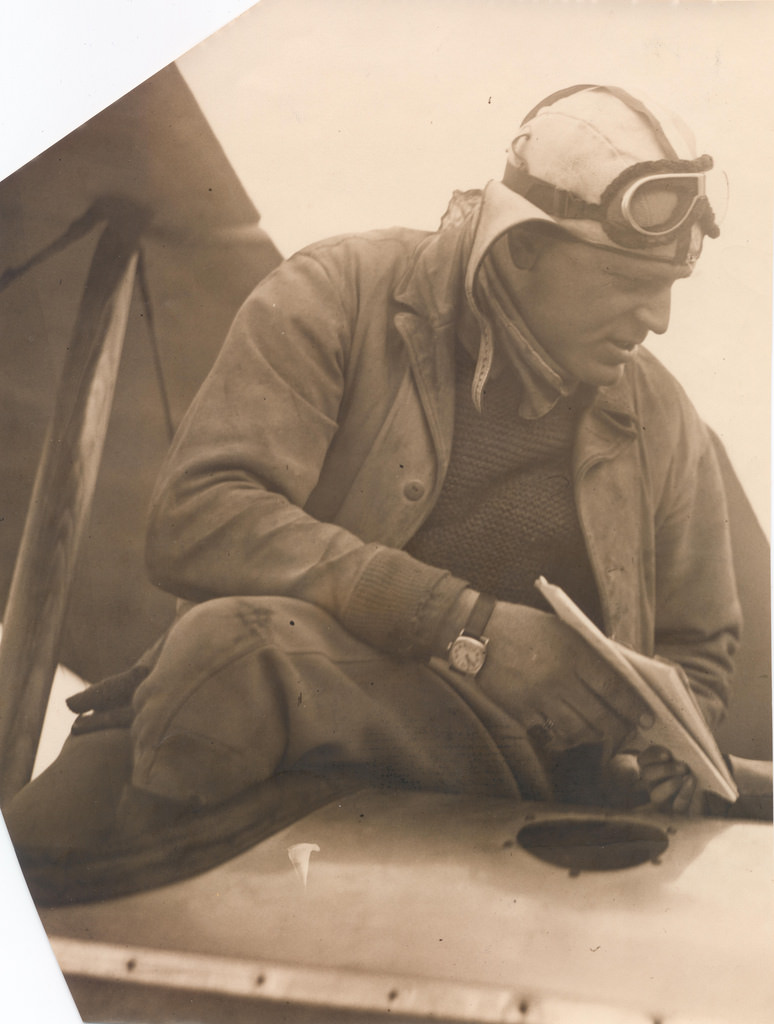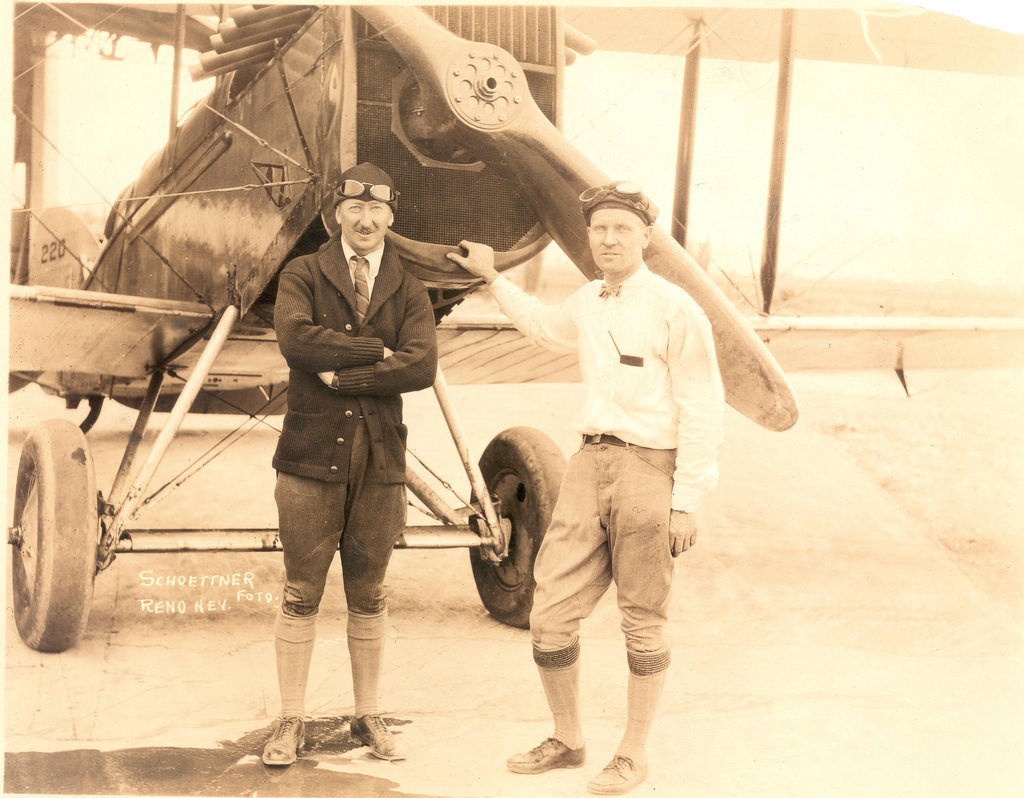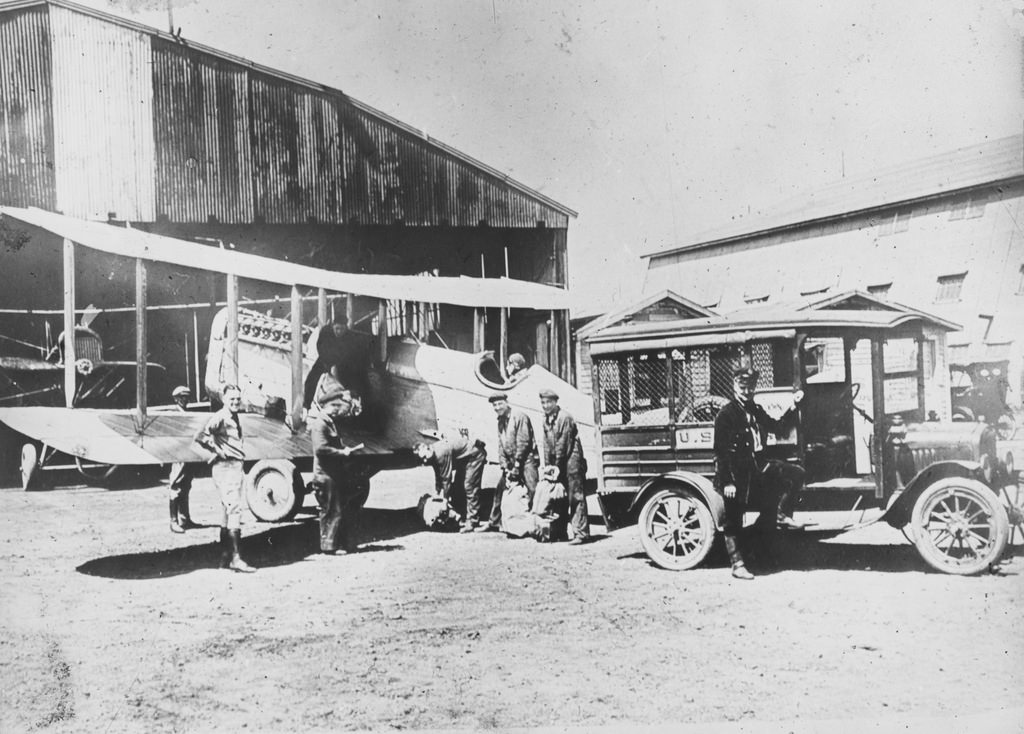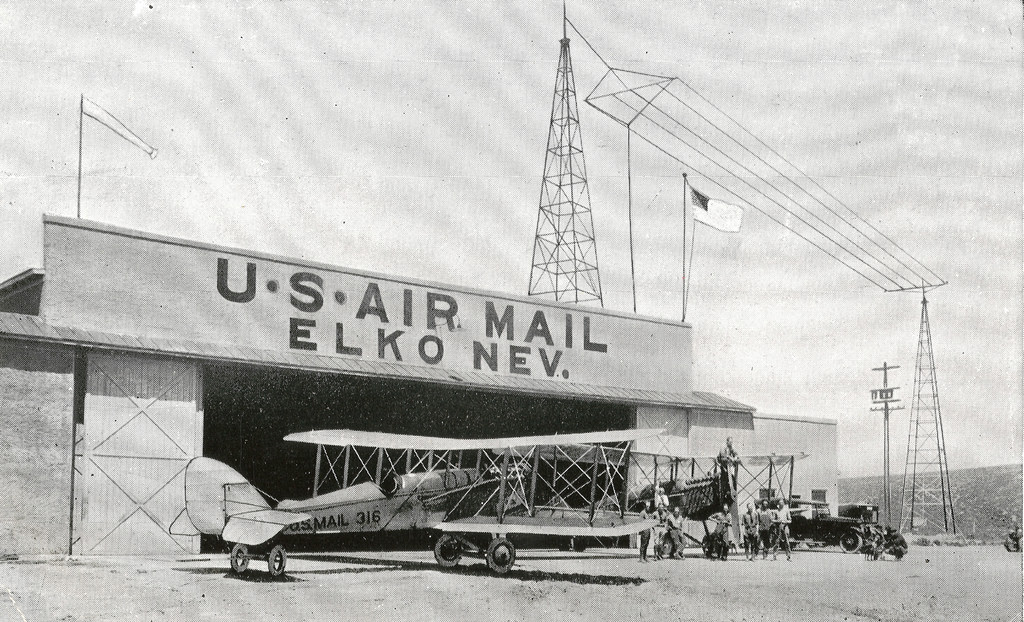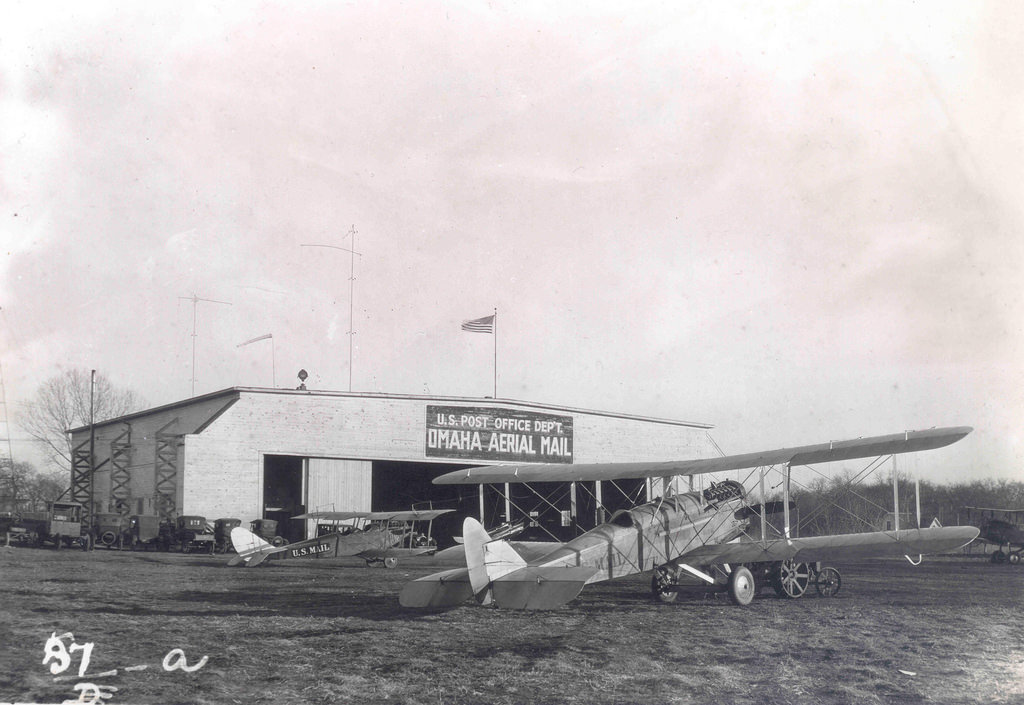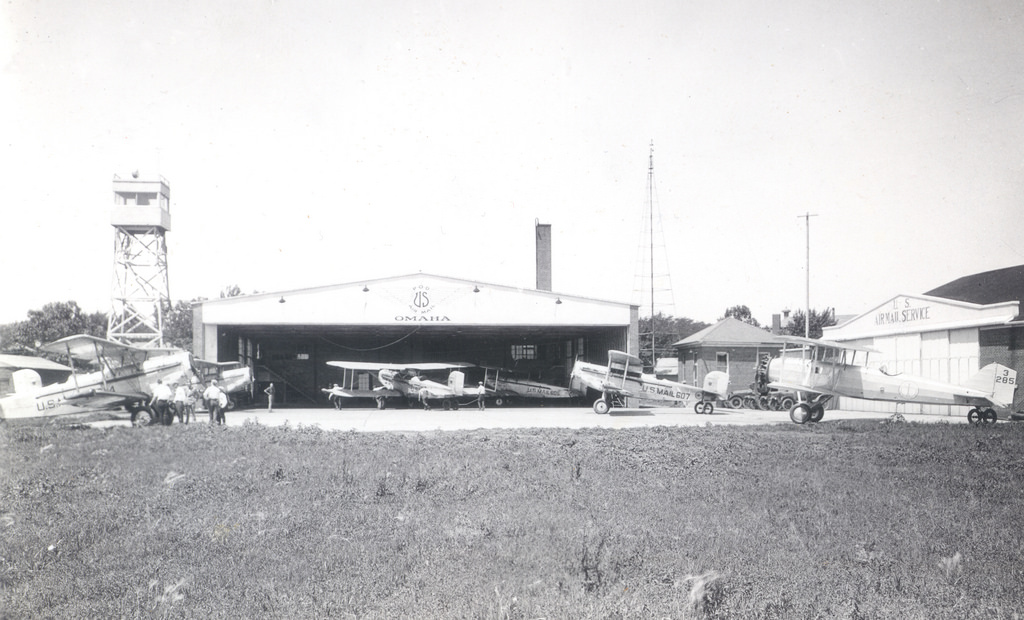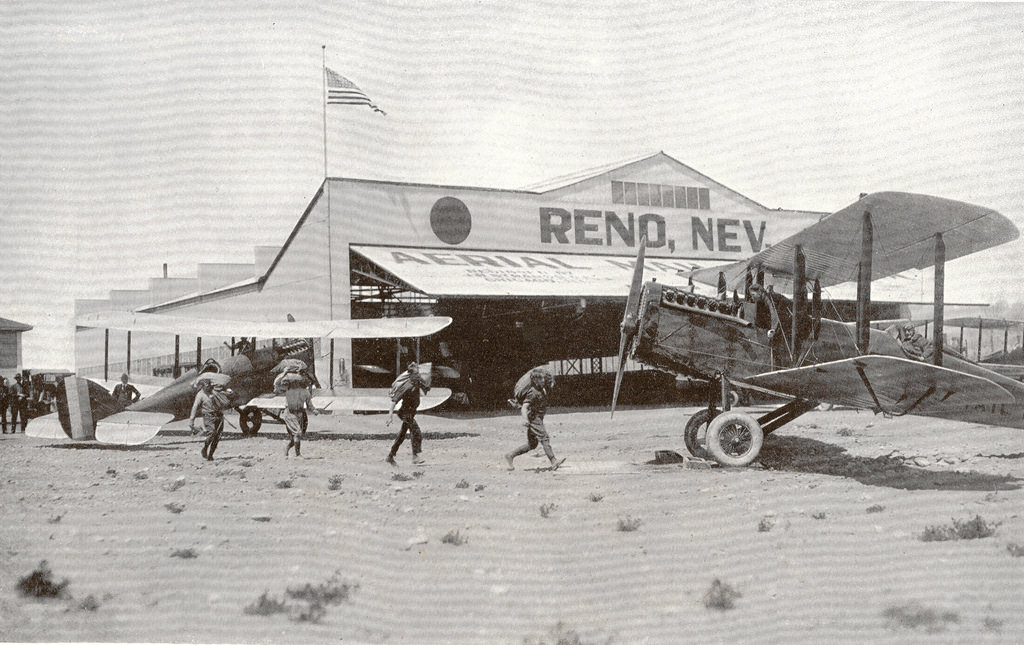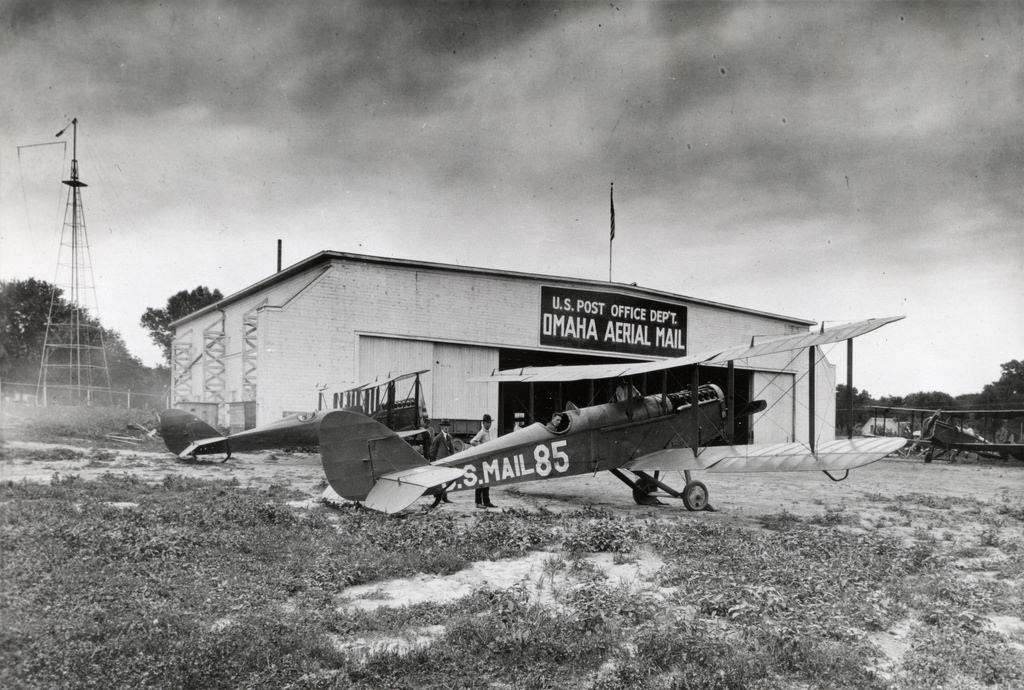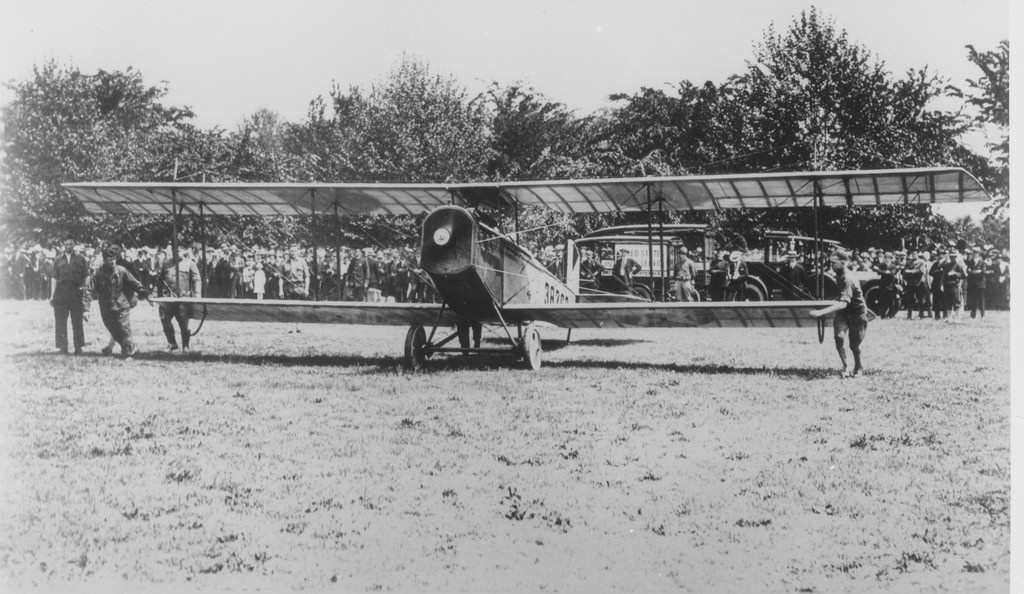The early 20th century marked the beginning of a new era in mail delivery in the United States – the age of airmail. This period, spanning from the 1910s to the 1930s, saw significant developments in the way mail was transported, revolutionizing communication across vast distances.
The idea of using aircraft for mail delivery in the U.S. began to take shape in the 1910s. Initially, these were isolated experiments rather than part of a coordinated postal service. One notable instance was in 1911, during an aviation meet in Long Island, where a pilot named Earle Ovington was sworn in as the first airmail pilot and flew a bag of mail from Garden City to Mineola, New York.
The outbreak of World War I accelerated the development of aviation technology. Although the war primarily took place in Europe, the advancements made had a significant impact on the feasibility of airmail in the United States.
The 1920s: Establishing Routes and Expanding the Network
The first regular airmail service in the U.S. began on May 15, 1918, between Washington, D.C., and New York City, with a stop in Philadelphia. This service used army pilots and was a collaboration between the U.S. Post Office and the U.S. Army. This initial route laid the groundwork for regular civilian airmail service.
Throughout the 1920s, airmail routes expanded rapidly. The service extended westward, and by 1920, transcontinental mail flights became a reality, significantly reducing the time it took to send mail across the country.
A major development in the 1920s was the introduction of night flying. This was facilitated by the construction of a system of beacons and lighted airfields. The introduction of this system was pivotal in enabling 24-hour transcontinental airmail service, which commenced in 1924.
The 1930s: The Golden Age of Airmail
The 1930s saw further advances in aircraft technology, making planes faster, more reliable, and capable of carrying more mail. This period also witnessed the introduction of all-metal airplanes, which were more durable and efficient.
In 1925, the Kelly Act (also known as the Contract Air Mail Act) was passed, allowing the Post Office to contract private airlines to carry airmail. This act led to the creation of several private airlines and was a significant step toward the commercial airline industry’s development in the U.S.
The Great Depression of the 1930s had a mixed impact on the airmail service. While it strained the financial resources available, the need for swift communication made airmail an essential service, and efforts to maintain and improve it continued.


